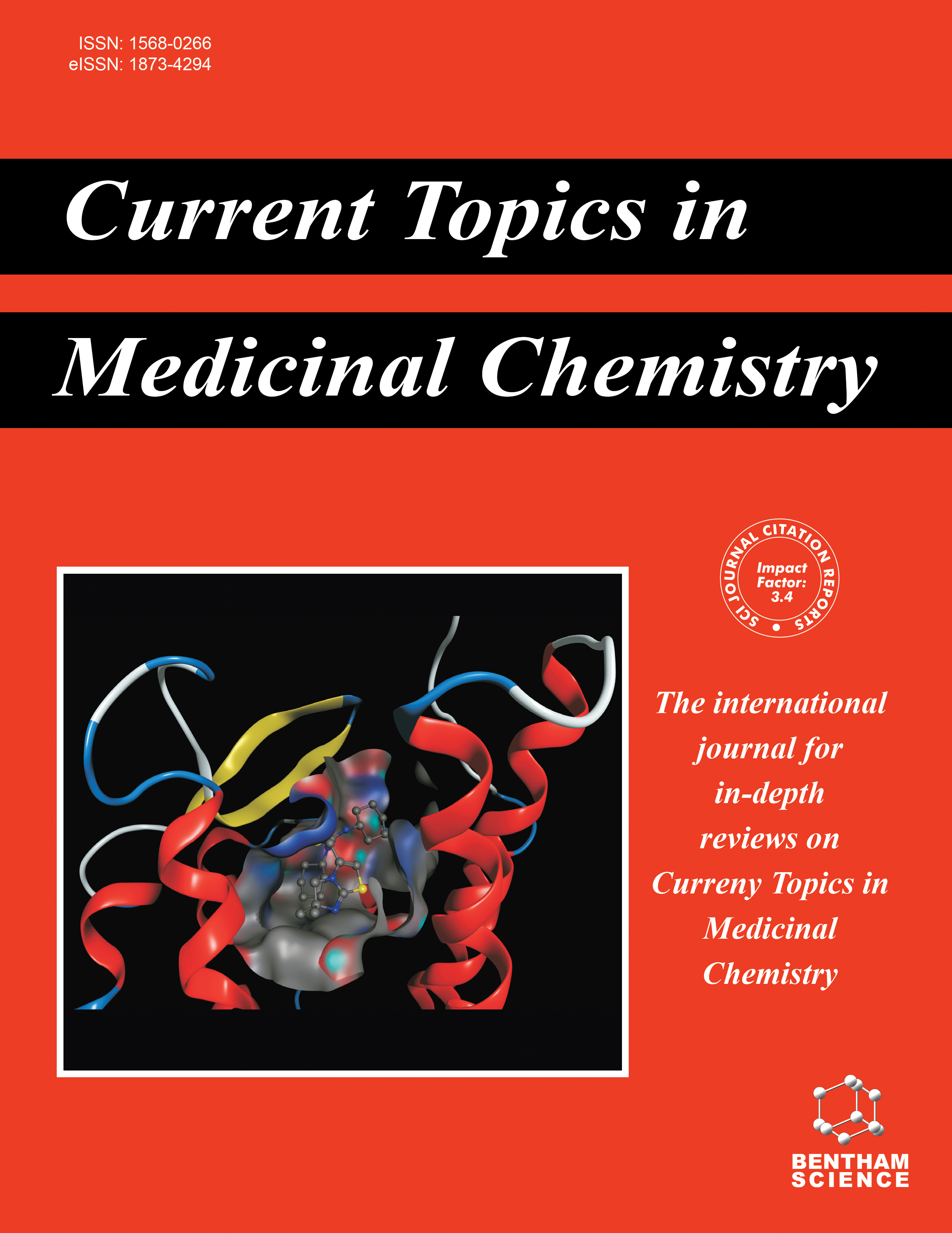
Full text loading...
Tuberculosis (TB) remains a persistent global health challenge, with an increasing incidence of cases and limitations in current treatment strategies. Traditional therapy involves long drug treatments that can cause side effects and lead to drug-resistant strains, making treatment less effective. This study aimed to explore the therapeutic potential of a novel nanoparticle-based delivery system for Thymol (THY), a natural antibacterial bioactive molecule, to combat Mycobacterium smegmatis, a model organism for Mycobacterium tuberculosis.
A nanoparticle-based delivery system was developed using biocompatible Thymol-conjugated Chitosan Zinc Ferrite Nanoparticles (THY-CH-ZnFe2O4 NPs). The nanoconjugates were characterized for their morphological and chemical properties.
The characterization of synthesised nanoparticles showed THY-CH-ZnFe2O4 NPs to exhibit enhanced biocompatibility and antibacterial activity against M. smegmatis compared to THY alone. The nanoconjugates induced Reactive Oxygen Species (ROS)-mediated damage to the bacterial cell membrane, effectively inhibiting bacterial replication, dormancy, and biofilm formation. Additionally, the nanoconjugates demonstrated low cytotoxicity towards the human kidney cell line.
The study's findings highlighted a new direction for developing nanoparticle-based antimycobacterial agents with a wide application in treating TB and other bacterial diseases. The THY-CH-ZnFe2O4 NPs show promise as a safe and effective therapeutic agent, offering a potential solution to the limitations of current TB treatment strategies.

Article metrics loading...

Full text loading...
References


Data & Media loading...
Supplements

